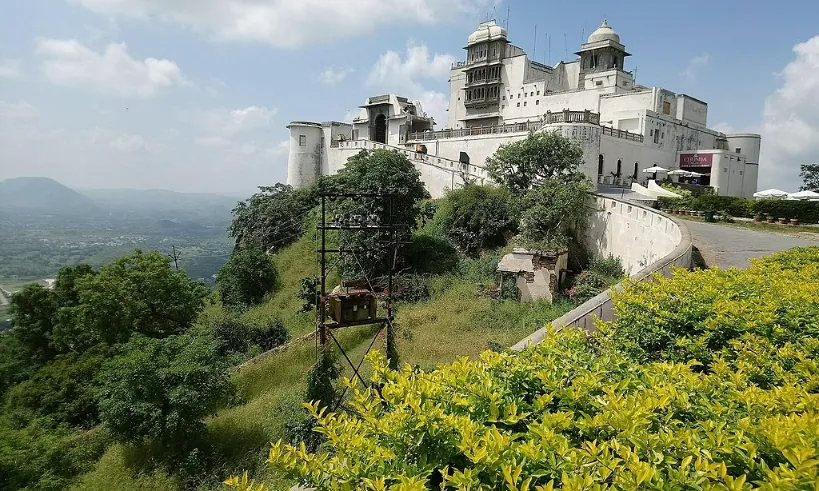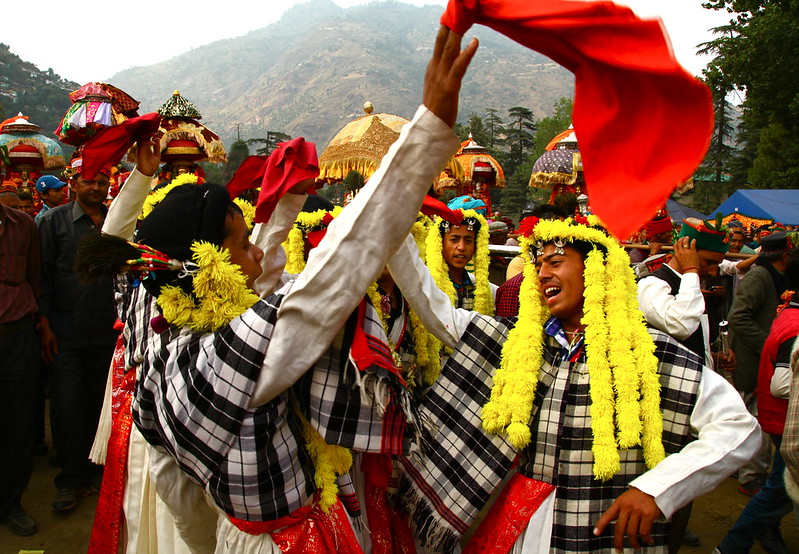Traveling across the country is an intriguing concept – enjoyable for some, a source of income, or need for others. At Savaari Car Rentals, our driver partners have driven the whole length and breadth of India. Yet, our drivers confront several challenges on the road. Currently, India’s national and economic capitals are barely connected by good roads. The roads along this current route are poorly maintained, with potholes, bumps, and uneven surfaces, making driving inconvenient. The lack of proper safety features such as barriers, and proper signage has the potential to make driving dangerous. This is a cause of concern in India’s development story, and it must be addressed as quickly as possible. Fortunately, the National Highways Authority of India (NHAI) is now working on the huge project of building the Delhi-Mumbai Expressway.
The eight-lane Greenfield Expressway, India’s longest expressway, has been officially launched. It will ensure reduced travel time, safer travel, and better infrastructure. This massive 1350-kilometer road cost a whopping Rs. 1 lakh crore to build. The expressway is part of the Modi government’s Bharatmala Pariyojana, a 42,000-kilometer-long economic corridor project. For construction, more than 80 lakh tonnes of cement were needed, along with competent engineers and more than 50 lakh workers.
This route will alleviate the current Delhi-Mumbai highway, the NH48, which is part of the Golden Quadrilateral. The first completed stretch of the mammoth expressway is part of the government’s Golden Quadrilateral project. It aims to span the length and breadth of the country. The Golden Quadrilateral provides efficient transportation links between major cities of India, like New Delhi; Jaipur, Udaipur, Ajmer (Rajasthan); Ahmedabad, Gandhinagar (Gujarat); Mathura, Varanasi, Agra, Kanpur (Uttar Pradesh); Mumbai and Pune (Maharashtra) and more. Let’s take a closer look at what makes the highway so unique for India’s growth story and why it provides something for everyone- humans, flora and fauna.
The Delhi Mumbai expressway route map:
| New Delhi -> Faridabad -> Sohna -> Alwar -> Bandikui -> Dausa ->Sawai Madhopur -> Kota -> Ratlam -> Dahod -> Vadodara -> Bharuch -> Surat -> Valsad -> Vapi -> Virar -> Mumbai |
|---|
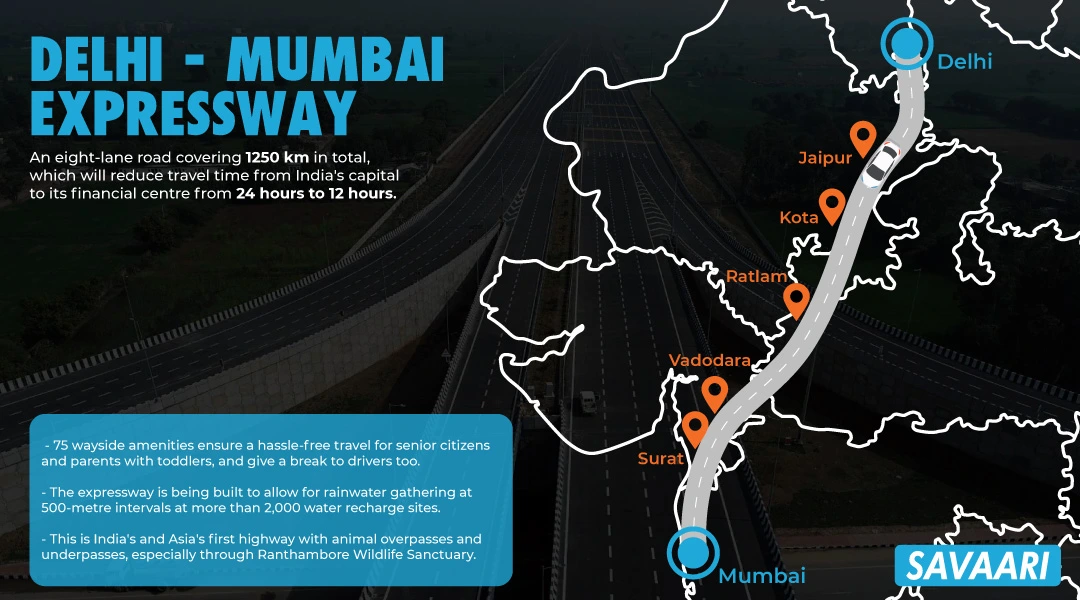
The Delhi-Mumbai expressway – The game-changer
Over its length, the old highway is clogged with several access and departure locations. The expressway, on the other hand, will be restricted. It will be an eight-lane road in total, although the NH48 will be a single-lane or dual-carriageway in some parts. It will be 1250 kilometers long and will pass through five states. Once completed, the Delhi-Mumbai Expressway will reduce travel time from India’s capital to its financial centre from 24 hours to 12 hours. There will be no entry fees to the Delhi-Mumbai Expressway, and vehicles will only be charged at the exit gates. Experience the convenience of the Delhi-Mumbai Expressway with our Mumbai taxi service, where there are no entry fees, and charges are applied only at the exit gates, providing a cost-effective and smooth travel experience. The expressway will also reduce the number of trucks on the road, which will result in lower fuel consumption and lower pollution levels.
Unique features of Delhi Mumbai expressway
- Asia’s first expressway to accommodate animals – This is India’s and Asia’s first highway with animal overpasses and underpasses.The Delhi-Mumbai Expressway has been designed to minimize its impact on animals, especially in the Ranthambore Wildlife Sanctuary. Construction of expressways and highways often endangers the lives of animals and travelers. To protect wildlife habitats, the expressway features overpasses, underpasses, and boundary barriers, enabling animals to cross the expressway without entering it.
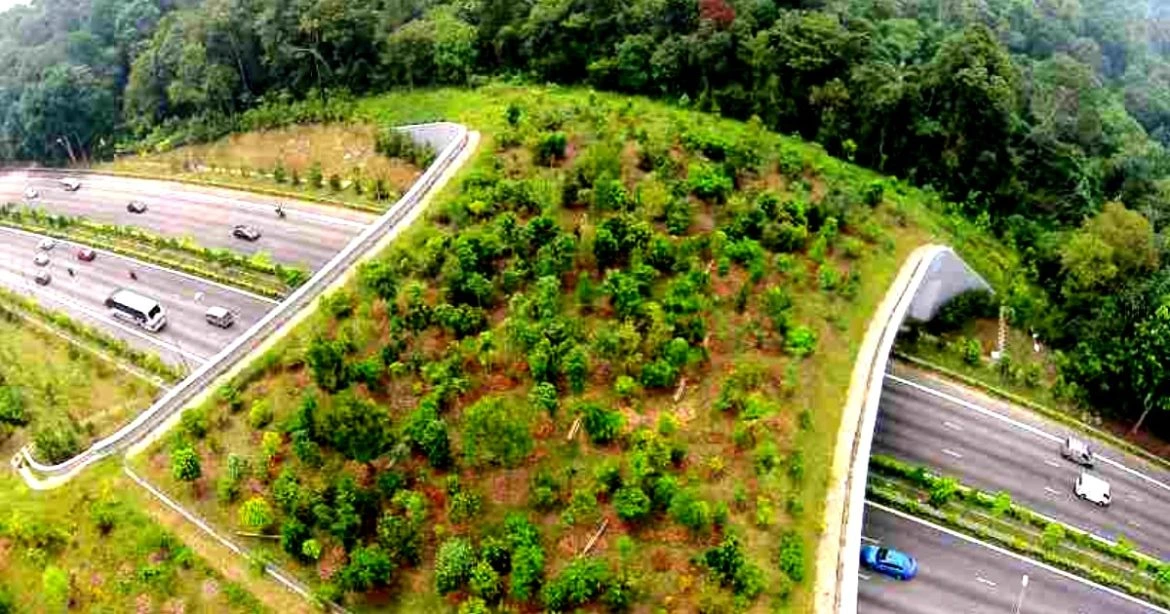
- Facilitating rainwater harvesting at over 2,000 points along the expressway – The construction team is building the expressway to enable rainwater gathering at more than 2,000 water recharge sites, spaced at 500-meter intervals. They are also incorporating an automated traffic management system. Union Minister Nitin Gadkari has stated that the construction will consume around 12 lakh tonnes of steel, which is equivalent to building 50 Howrah Bridges. There would be 40+ main interchanges to connect various cities, as well as a 3-meter wide dedicated corridor for building utility lines such as Optical Fiber Cables, Pipelines, and solar power generation.
- Advanced Traffic Management System on highways to reduce accidents – According to the NHAI, the Advance Traffic Management System (ATMS) is being implemented on national highways. And expressways to manage incidents of road crashes and to enforce speed limits and other traffic laws. NHAI is also considering using GIS technology to analyse drone films and Network Survey Vehicle data to identify highway safety hazards. The NHAI is working on training to improve engineering measures for road safety. Emergency call boxes will be installed every 5 km to help commuters connect directly to the central command and control room of the expressway.
How the expressway can fuel economic growth?
Apart from lowering travel time between major cities, the completion of this motorway would also provide a significant boost to the region’s economic development. It will significantly reduce Delhi-Mumbai expressway travel time between the two cities, creating numerous job possibilities and enticing business and investment. It will improve the country’s infrastructure and overall development. Here are some ways how the expressway can stimulate economic growth in the country:
- Flourishing real estate – The Delhi-Mumbai Expressway is expected to significantly impact the residential real estate market, especially in the Delhi-National Capital Region, Sohna, and Gurugram sectors, and is predicted to drive an increase in housing demand in the region. People will be able to live further away from their workplaces because of increased connectivity and transportation. This will enhance demand for housing in the highway corridor, particularly in the NCR, Sohna, and Gurugram areas. Improved connectivity will also make it easier for people to access education, healthcare, and other services, driving up demand for housing even further.
- Creating employment opportunities – The region’s infrastructure and transportation amenities will improve living circumstances, making it a more enticing place to live and work. The project is expected to generate new job opportunities and stimulate economic growth, resulting in increased demand for housing and commercial space. The expressways also open doors for commercial activities. Along the highways, different food courts, hospitals, resorts, hotels, fuel stations, etc. will come up providing employment as well as entrepreneurial opportunities to the locals. The connectivity will promote the development of smaller towns, and initiate economic activity in different regions.
- Facilitating trade and commerce – The expressway will improve connectivity and transportation, which will have a ripple effect on trade and commerce. The expressway would connect key industrial areas such as the National Capital Region (NCR), Sohna, and Gurugram. This will create a direct link between industrial centres and ports. Allowing goods to be transported to and from the ports more quickly. The expressway will also improve enterprises’ access to marketplaces across the country, facilitating trade and commerce.
- Reducing logistics costs – The expressway aims to improve the logistics business in the region by reducing operational time, travel time, and distance between centers such as Delhi, Alwar, Ferozepur Jhirka, Rajgarh, and Bandikui. This will result in cost savings and reduced travel time, which will improve supply chain planning and inventory optimization. Also, faster speeds will increase truck utilization, lowering logistical costs.
- Potential for tourism – Increased connectivity to important tourist attractions (such as Jaipur, Sariska Tiger Reserve, Keoladeo and Ranthambore National Parks) and a better travel experience (such as wayside amenities) will benefit tourism. Furthermore, the Delhi-Dausa-Lalsot route travels through culturally significant areas such as Jaipur, Mathura, Vrindavan, and Agra. Together, this has the potential to promote both tourism and trade.
How Delhi-Mumbai expressway can contribute to tourism in India
The Delhi-Mumbai Expressway is expected to have a significant impact on tourism in India, as it will provide numerous benefits to travellers and local communities alike. It will provide a world-class travel experience for tourists and also contribute to the overall development of the regions it passes through. Here are some ways the expressway will contribute to local tourism:
- Improved connectivity – One of the key ways the Delhi-Mumbai Expressway can contribute to tourism in India is by improving connectivity. The road network will connect major cities and tourist destinations, including Jaipur, Udaipur, Vadodara, and Ahmedabad. This will enable tourists to travel between these destinations more quickly and efficiently, saving time and money. This will not only boost domestic tourism but also attract more international tourists who may be more inclined to explore the country beyond the typical Golden Triangle route.
- Access to untapped destinations – The expressway will enable tourists to access lesser-known destinations that were previously difficult to reach, particularly in rural areas. These regions offer unique local culture, cuisine, and lifestyle experiences. For instance, tourists can visit the famous Ajanta and Ellora caves in Maharashtra, explore the rural areas of Rajasthan and Gujarat, or participate in eco-tourism activities in Madhya Pradesh.
- Promoting sustainable tourism – By providing easy access to eco-tourism destinations and rural areas, it will encourage travellers to explore and appreciate India’s natural and cultural heritage. Moreover, the expressway will reduce carbon emissions and improve air quality by reducing the travel time between cities and reducing the number of vehicles on the road.
The expressway that holds two world records
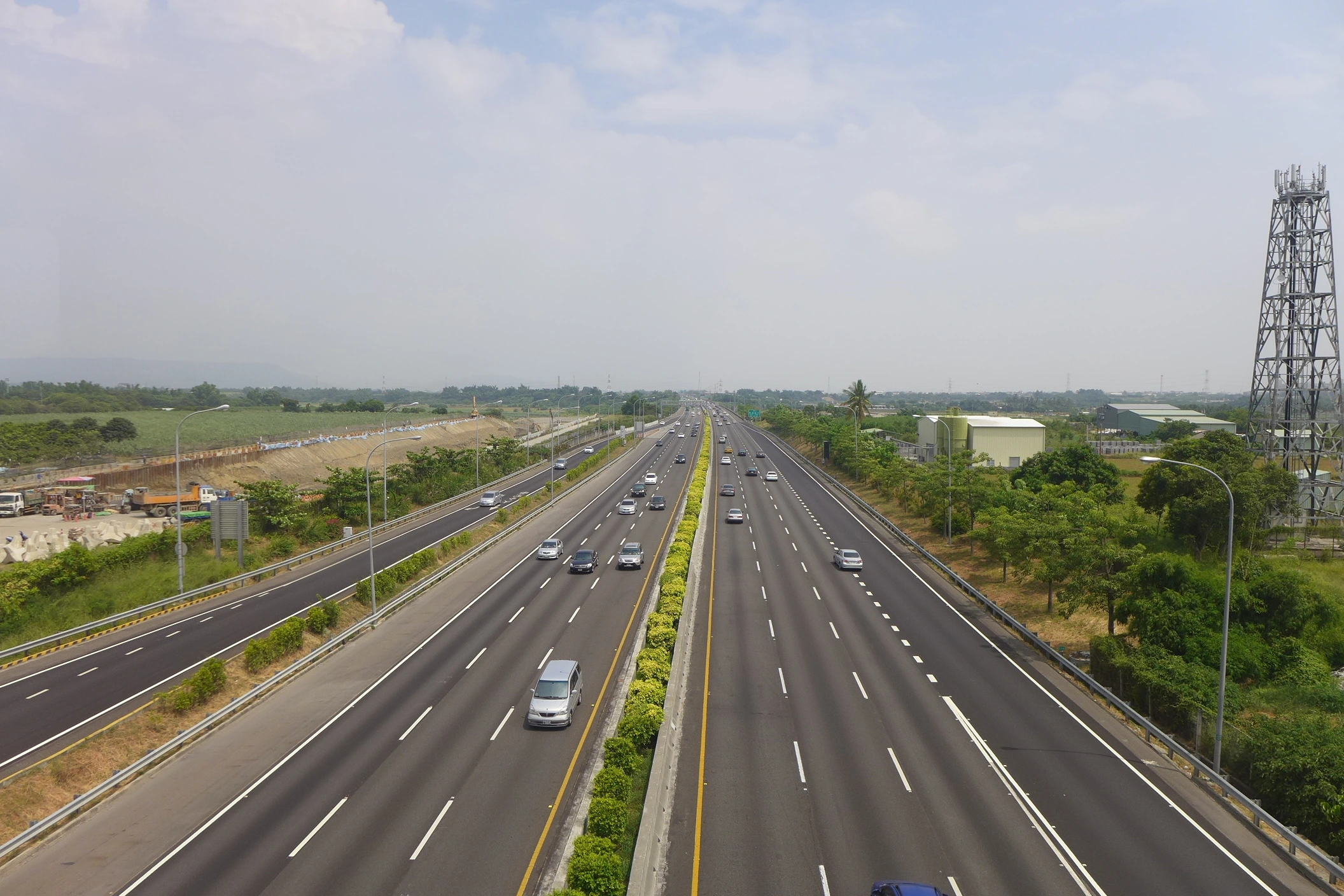
During the construction of this length, the construction team is believed to have set two world records. The first record was for laying the most Pavement Quality Concrete (PQC) in 24 hours. And the second was for laying the densest bitumen in 100 hours Bituminous roads have a surface made of bituminous materials, often known as asphalt. It is a viscous, sticky liquid derived from natural sources, such as crude petroleum. In the building of flexible pavement, an overall bitumen mix is employed to provide structural strength, surface drainage, and surface friction.
The Delhi-Mumbai expressway major cities
The expressway would connect important cities such as Delhi, Kota, Indore, Jaipur, Bhopal, Vadodara, Surat, and Mumbai. For your travel back to Mumbai from Delhi, it might be beneficial to consider booking our Delhi taxi service to easily access this long route, guaranteeing a convenientand comfortable trip between these important destinations. It pass through five main states: Haryana, Rajasthan, Madhya Pradesh, Gujarat, and Maharashtra. Furthermore, it connects 13 seaports, eight airports, including the planned Jewar Airport and Navi Mumbai Airport, and eight multi-modal logistics parks, all of which contribute significantly to the country’s economic change. For convenient travel to and from the airport, book our Delhi airport taxi service.
| Urban Centre | Current distance from Delhi (km) | Distance from Delhi along Delhi – Mumbai expressway (km) | Expected Reduction in Travel Time (Hours) | |
| 1 | Jaipur | 277 | 285 | 1.6 |
| 2 | Kishangarh | 366 | 390 | 1.8 |
| 3 | Ajmer | 405 | 420 | 2.0 |
| 4 | Kota | 506 | 455 | 3.5 |
| 5 | Chittorgarh | 574 | 580 | 3.7 |
| 6 | Udaipur | 660 | 693 | 3.3 |
| 7 | Bhopal | 760 | 700 | 6.0 |
| 8 | Ujjain | 770 | 700 | 6.4 |
| 9 | Indore | 825 | 780 | 6.7 |
| 10 | Ahmedabad | 946 | 950 | 5.1 |
| 11 | Vadodara | 1020 | 900 | 8.9 |
| 12 | Mumbai | 1425 | 1300 | 12.0 |
Delhi-Mumbai Expressway controversies
The Delhi-Mumbai Expressway has been a controversial project, and it has faced criticism and opposition from various stakeholders. Some of the controversies surrounding the project include:
- Land acquisition: The acquisition of land for the expressway has been a contentious issue, with some farmers and landowners protesting the acquisition and claiming inadequate compensation. Additionally, some people have alleged that land acquisition was carried out without following proper procedures.
- Environmental concerns: The expressway passes through several ecologically sensitive areas, and there are concerns that the construction could have adverse effects on the environment, including deforestation, habitat loss for wildlife, and increased pollution.
- Public consultation: Claims allege that the project was pushed through without adequate public consultation or taking into account the concerns and views of local communities.
- Cost escalation: The cost of the project has already increased significantly from the initial estimate. There are concerns that further cost escalations could impact the viability of the project.
- Impact on local communities: There are concerns that the expressway could have a negative impact on the livelihoods and culture of local communities, particularly those that depend on agriculture and other traditional occupations.
While the Delhi Mumbai Expressway has the potential to provide many benefits, it will need to address these controversies and concerns to ensure that it is implemented in a sustainable and equitable manner. The expressway will have a catalytic impact on the developmental trajectory of all adjoining regions, thus contributing in a major way to the economic transformation of the country. With the completion of these expressways, we expect travellers to forego domestic flights from Delhi to Mumbai in favour of road trips that will get them to their destinations faster. We believe that these expressways, with shorter travel times and stricter speed limits, will make road travels a breeze.
Tips for a seamless journey on the Delhi-Mumbai Expressway
Travelling via the Delhi-Mumbai expressway can be a breeze by choosing the most efficient route and renting a comfortable cab with a driver. It is important to choose a cab that is comfortable and well-maintained, as the journey can be long and tiring. Additionally, a cab with a powerful engine and good suspension can help to navigate the expressway with ease. The emergence of trustworthy chauffeur-driven car rental services in Mumbai such as Savaari has made these destinations more accessible.
Our fleet of cars and experienced chauffeurs provide a more comfortable and stress-free experience compared to driving oneself, especially since driving through the expressway can be long and tiring. Booking a Savaari from Delhi can save time as the driver is familiar with the route and can navigate through traffic, construction, and toll booths more efficiently. We equip our drivers with information about various rest stops and food joints along the expressway so that you can take breaks every few hours to avoid fatigue. While being driven to your destination, you can utilize the time to work, rest, or enjoy the views.
As we eagerly wait for the Delhi-Mumbai expressway completion date, which is anticipated to be completed by June 2024, we still believe that the longer routes we have at present add more to the joy of travelling by road. It gives you the chance to enjoy everything that comes along the route. The most convenient way to travel to the locations of your choice is to download our car rental app so that on your way back, the only thing on your mind is all the memories you’re going to carry throughout your life.
Delhi-Mumbai expressway update:
- India opens first phase of longest expressway from Delhi to Mumbai
- On the new Delhi-Mumbai expressway, a battle between the heart and the mind
- Delhi-Mumbai Expressway to boost economic growth, real estate in Delhi-NCR, Sohna, Gurugram
- Delhi Mumbai Expressway: 244 km stretch of Madhya Pradesh opens for public
Last Updated on July 11, 2024 by aditya



